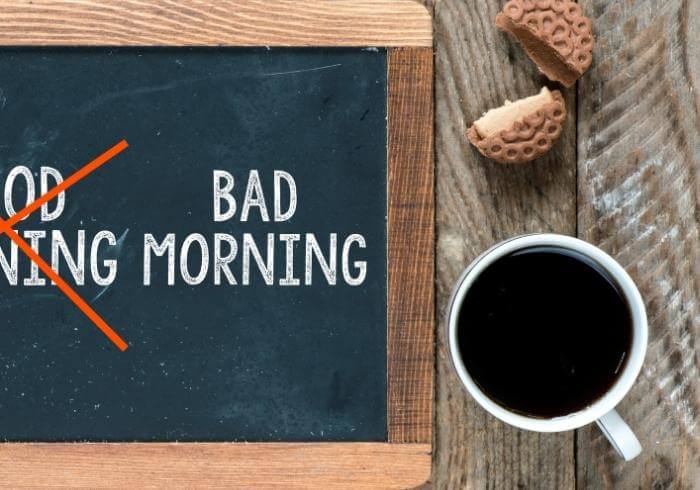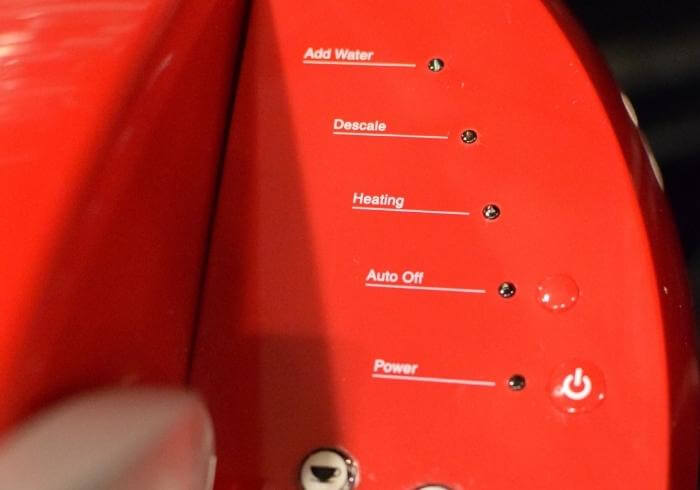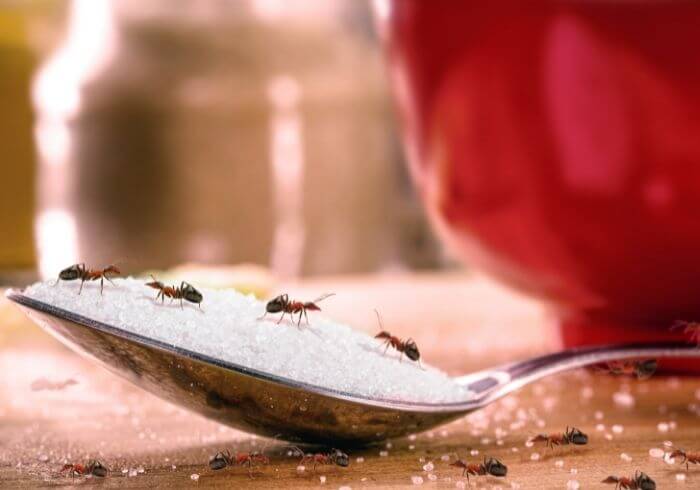In addition to added flavors and roasting intensity, grind size can make a critical difference between a great cup of French press or an oily, slimy cup of hot brown bitterness.
No matter what coffee making method you prefer, getting familiar with grind sizes will make your coffee first rate.
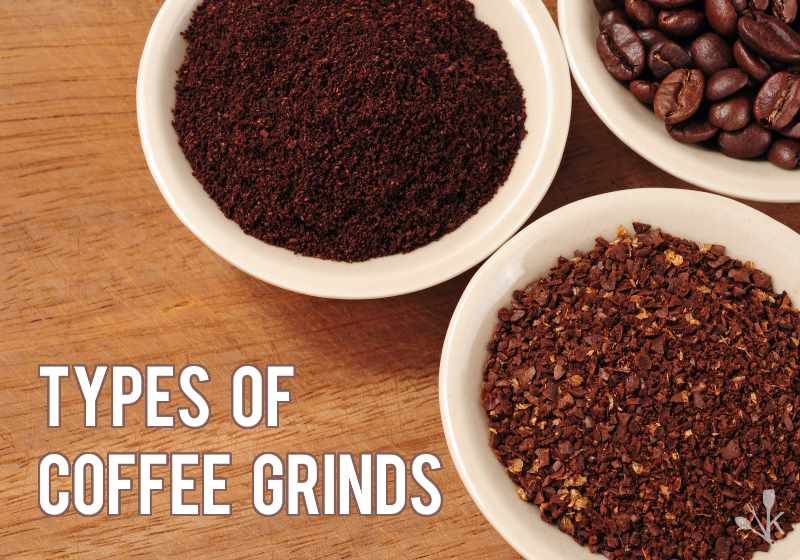
Coffee Grind Chart
| Coffee Grind Size | Best Used For |
|---|---|
| Finely Ground | Espresso |
| Medium – Fine | Moka Pots |
| Medium Ground | Drip Coffee & Vacuum Brewers |
| Medium – Coarse | Chemex Brewers |
| Coarse Ground | French Press & Percolators |
Types Of Coffee Grinds
In most cases, your coffee making tool will define the grind particle you’re trying to get to. Coffee beverages can be made via drip or under pressure, so the grinding process and grind size need to match your coffee making hardware.
The question of how fine to grind coffee really is determined by your brewing method.
Quality coffee beans will often have a sheen to them; as you grind your coffee, that sheen will disappear because the particles are too small to reflect.
In addition, large coffee particles will flow like sea salt or dry sand; finely ground coffee will clump a bit like flour.
Finely Ground Coffee
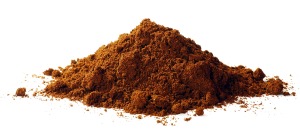
Fine Ground Coffee Is Best For:
- Espresso
- Moka Pots
Finely ground coffee has little to no sheen and will hold your finger indentations if you press it. This grind is generally used for espresso and Moka pots.
When preparing fine grind coffee, be sure to work in short pulses. You want to give your burr grinder the chance to manually process all surfaces of the coffee. If you leave the grinder on to chew away at it, the grinding process becomes a battering process.
Espresso grind size results in clumpy grounds. The moisture left over from the roasting process gets blended down into the coffee, rather than shining on the surface as it does on coarse ground coffee.
Medium Ground Coffee

Medium Ground Coffee Is Best For:
- Drip Coffee Makers
- Vacuum Coffee Makers
Medium grind is the standard for grocery store pre-ground coffee and is the best grind for drip coffee. This coffee has little cling and is tidy to scoop and add to your drip filter. It has the consistency and size of dry sand.
While many of us are comfortable with medium grind drip coffee, there are specialty coffee brewing setups that can produce a delicious cup of coffee from a medium or medium fine coffee grind.
The barista in this siphon vacuum coffee maker video demonstrates the steps of heating water from one vessel into a filtered vessel, immersing your medium to medium-fine grind coffee and stirring it until the coffee is fully wet and immersed, then watching the coffee brew and drip down into the original water vessel.
This brewing method uses a tool that has a unique look and wouldn’t be out of place in a chemistry lab. For those of us who love the artistry of coffee and adore the machinations of loading our Chemex filter or French press pot, this tool is a wonder.
However, if you really need that first cup, the process of watching water move from glass container to glass container, then manually stirring in the grounds, then waiting for the bottom container to cool so the coffee can drip back down, may be a bit involved. Hot water and sleepy people can be a dangerous combination.
Course Ground Coffee

Course Coffee Grinds Are Best For:
- French Press
- Percolators
What is coarse ground coffee? Coarse is the standard for the French press grind size. Coarse ground coffee should be the consistency of sea salt and have quite a bit of sheen to it. This is also the best grind for percolators.
SEE ALSO: Best Coffee Percolator
This coffee is lower on surface area than finely ground coffee, so it needs to steep. However, it’s also really easy to filter out.
Extremely coarsely ground coffee is an ideal cold brew grind size or for cowboy coffee, such as would be made over a campfire or in a pot over the stove if your coffeemaker has broken.
For a great coarse grind, you can use either an electric burr grinder or a manual grinder. You do not want to use a blade grinder for a French press grind; the coffee debris or flour will result in an unpleasant, greasy cup of coffee.
SEE ALSO: Burr vs Blade Grinder
The In-Between Grinds
While coffee grind size is certainly a matter of taste, many coffee making experts call for the in-between types of coffee grinds.
For example, experts with Craft Coffee offer detailed instructions for properly brewed Chemex coffee. The recommended Chemex grind size is coarser than medium grind, and they recommended you grind fresh daily.
In addition, advices for the best coffee grind for Moka pot vary widely. We think the best Moka grind is between medium grind but not as fine as espresso.
What Kind of Grinder Should I Use At Home?
While blade grinders are inexpensive and easily available, a burr grinder may be more ideal.
SEE ALSO: Best Coffee Grinder & Capresso Infinity vs Baratza
A bladed grinder will create fine debris that can ruin a coarse ground cup of Chemex coffee. Additionally, creating a fine espresso grind can generate a lot of heat and bruising of your coffee, which may make your espresso oily.
Final Thoughts
There are many unique and attractive coffee making tools on the market. If you’re a fan of tactile, hands-on projects, a manual grinder, Chemex pot, scale and special filter may be exactly what you need to start your daily ritual.
If you’re bleary early in the morning, a drip coffee maker that doesn’t require a lot of dexterity or focus might work best.

